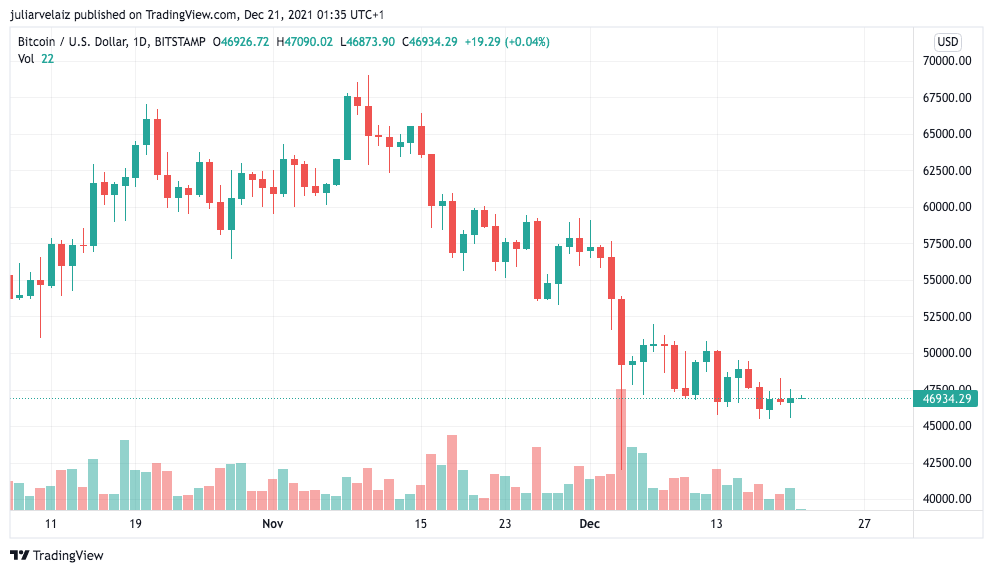A recent study about the Bitcoin market done by The National Bureau of Economic Research claims that only 0.01% of all BTC holders (around 10,000 investors) own 27% of all the 18.9 million coins in circulation, approximately $232 billion.
The Wall Street Journal reported the study’s result claiming that “The top bitcoin holders control a greater share of the cryptocurrency than the most affluent American households control in dollars”.
Finance professors Antoinette Schoar from MIT Sloan School of Management and Igor Makarov from London School of Economics focused on alleging that Bitcoin is not as decentralized as many think. Schoar said that “Despite having been around for 14 years and the hype it has ratcheted up, it’s still the case that it’s a very concentrated ecosystem,”
The study allegedly mapped every Bitcoin transaction in history. It compares the results with the U.S. economy, managing to arrive at the alarming conclusion of BTC having a worrisome wealth concentration.
However, comparing the two can be quite unfair and misleading as the latter is far older than BTC and certainly not in the early stages of an adoption curve. It is important to note that diverse groups of people integrate and adopt new technologies at different times that correspond to certain social and psychological profiles.
Related Reading | SEC Boss Acknowledges That Bitcoin Is A Competitor For U.S. Banking System
The Adoption Curve Of Bitcoin
An adoption curve portrays the cumulative rate at which people adopt and react to a product and technology over time. Its original model, Everett Rogers’s diffusion of innovations, shows five segments of an adoption curve’s life cycle. Wikipedia explains the stages like so:
- Innovators: “willing to take risks, have the highest social status, have financial liquidity, … closest contact to scientific sources and interaction with other innovators. Their risk tolerance allows them to adopt technologies that may ultimately fail.”
- Early Adopters: “higher social status, financial liquidity, advanced education and are more socially forward than late adopters.”
- Early Majority: “They adopt an innovation after a varying degree of time that is significantly longer than the innovators and early adopters.”
- Late Majority: “Late Majority are typically skeptical about an innovation, have below average social status, little financial liquidity, in contact with others in late majority and early majority and little opinion leadership.”
- Laggards: “typically tend to be focused on “traditions”, lowest social status, lowest financial liquidity, oldest among adopters, and in contact with only family and close friends.”
Given there is a high possibility that most users are currently using Bitcoin as an asset and not as a currency, the network is said to be in the innovator stage of the curve and the asset sits in the early adopters’ segment, Michael Levin explains alongside BTC’s penetration rate.
Given the current point on this overall adoption curve along with the projected rate of adoption, it is clear that over the next 10 years, Bitcoin will start to move past those early adopters into the early majority.
Many people use the 0.01% kind of statistics to create FUD. It looks like an optimal opportunity to say decentralization is unfair, calling Bitcoin inequitable, but the network, the asset, and the actual wealth system are far more complex than early comparisons.
The market is as volatile as Bitcoin is young, but the path has only just started and time will tell what the adoption curve and other studies will look like in 10 years. As for right now, Bitcoin represents a higher risk for the true one percent –the ones behind the wealth system– than it does for the majority of people.
Related Reading | Famed Psychologist Jordan Peterson Says “Inflation Be Damned” As He Buys More Bitcoin















